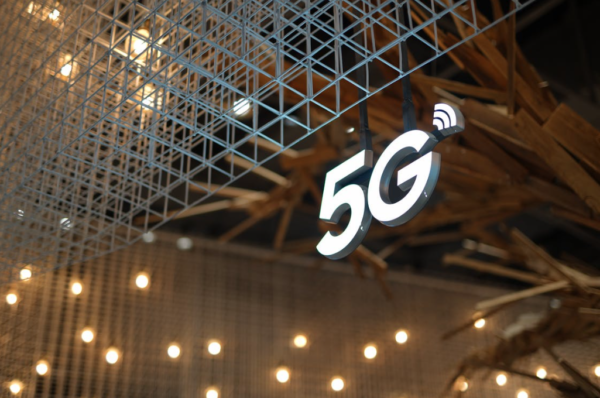T-Mobile is a leader in 5G fixed-wireless in terms of market share, according to Ookla, followed by Verizon and UScellular. Despite ample growth in customers, both T-Mobile and Verizon have maintained performance levels over the past year, according to Speedtest data, with T-Mobile having an edge in median upload performance.
Speaking at a recent UBS conference, Mike Sievert, President and CEO at T-Mobile, said the carrier is now the fifth largest ISP in the nation behind Comcast, Charter, AT&T and Verizon, and “by far the fastest growing” in the last four quarters. T-Mobile is offering fixed wireless access to customers in areas where smartphone usage is well below capacity.
“It’s essentially about monetizing planned excess capacity on our mobile network, and it’s just a beautiful strategy and it’s working, at least as well as we expected,” Sievert said.
Currently, T-Mobile has roughly a half million FWA net adds per quarter with a plan to get to seven-to-eight million total by the end of 2025, Sievert said, and it is a little ahead of schedule. Cablecos and DSL providers are experiencing the most churn to both T-Mobile’s and Verizon’s FWA services, according to Ookla. T-Mobile, however, is losing 10 percent of its users to Verizon’s FWA service.
T-Mobile has recorded consistent median download speed over the past four quarters, reaching 122.48 Mbps in Q3 2023 based on Speedtest data, according to Ookla. But that number was below the median download speed for all fixed providers combined in Q3 2023, which was 207.42 Mbps.
“There are clear signs that download performance could be a key contributor to churn in the market,” Ookla wrote in a report. “Our analysis of the customers of major ISPs in the U.S. that have churned to T-Mobile’s FWA service shows that their median download performance before churning was below the median performance of all customers of these ISPs, indicating a performance shortfall that is likely contributing towards churn.”
Nevertheless, at the UBS conference, Siervert asserted that FWA churn is falling, and the net promoter score is 30 points higher than typical cable and higher than fiber — “one of the best in the overall country.”
By J. Sharpe Smith, Inside Towers Technology Editor





Reader Interactions